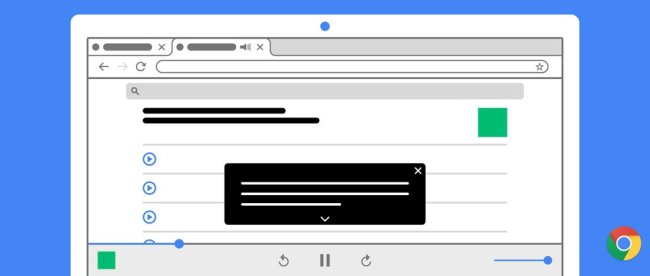There is a lot of content on the Internet in the form of video and audio, but unfortunately, much of it is not subtitled. Platforms like YouTube and Instagram offer automatic subtitles, but there are so many other platforms and websites that don’t. The lack of subtitles can prove frustrating for deaf and HoH users who are unable to consume content they are interested in.
To address this issue, Google recently announced “Live Caption” in Google Chrome, which automatically captures any video and audio that is played – be it on the Internet or on someone’s computer. To enable live subtitles, all you have to do is go to Chrome’s settings, click on “Advanced” and enable it under “Accessibility”. As simple as that!
In the following video we look at a few scenarios where Live Caption proves to be very helpful:
- An embedded video on a website that is only allowed to play and pause has no other controls on the video player.
- An audio file embedded on a website.
- A podcast in which several people speak.
- A local file on someone else’s hard drive.
As you will see in the video below, subtitling works well when only one person is speaking. However, when multiple people are speaking – it still works, it just doesn’t identify the speakers, at least not yet. You will also see that there is currently no punctuation.
This is a brand new feature and we can only hope and expect that Google will keep improving this service! As version 1, it does some heavy lifting and enables subtitling for a lot of people.
How well do these subtitles work for you? Let us know in the comments below!
Source: Google

